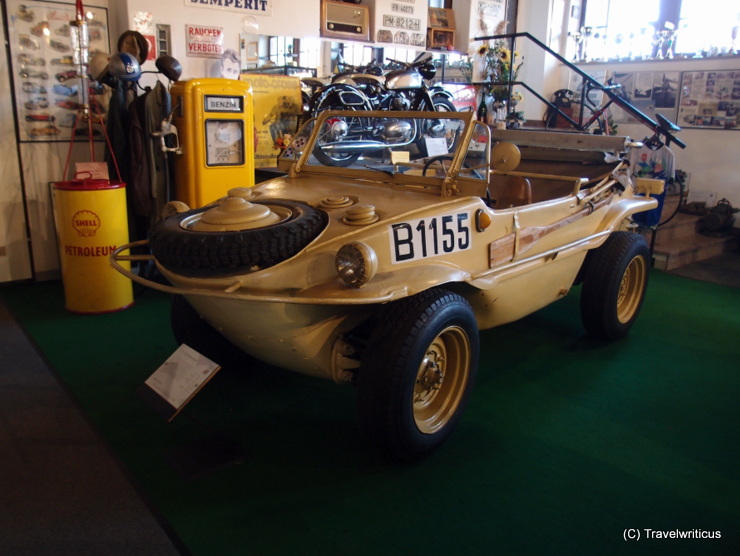
At the classic car museum in Poysdorf (Oldtimerclub Poysdorf), I saw this Volkswagen Schwimmwagen. The amphibious four-wheel drive off-roader dates back to 1943. At that time, it served the German Wehrmacht.
You only see what you know (Goethe)

At the classic car museum in Poysdorf (Oldtimerclub Poysdorf), I saw this Volkswagen Schwimmwagen. The amphibious four-wheel drive off-roader dates back to 1943. At that time, it served the German Wehrmacht.
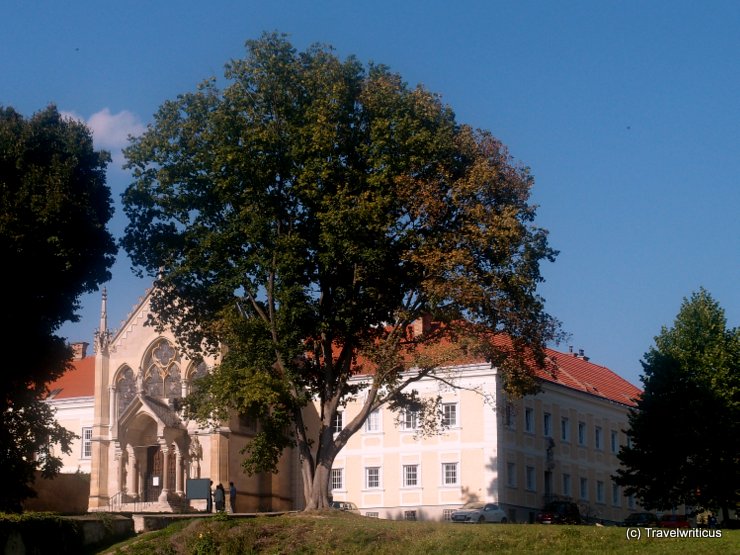
The estate in the Vienna Woods was first mentioned in the 13th century. In 1887, the Austrian Crown Prince Rudolf converted the facility into a hunting lodge (Mayerling Castle). On January 30, 1889, Rudolf and his mistress Baroness Mary Vetsera died here under circumstances that were not completely solved. [German]
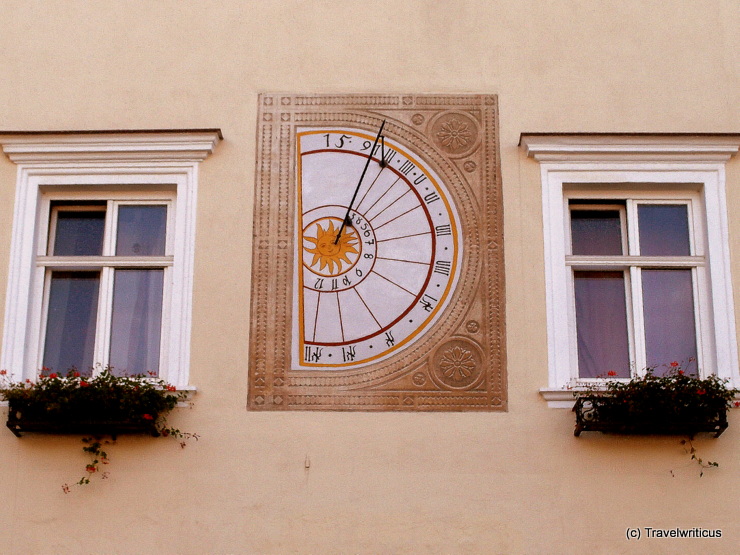
You find this sundial on the facade of a 16th-century building located at the main square of Neunkirchen. The city is the capital of the district of Neunkirchen in the Austrian state of Lower Austria.
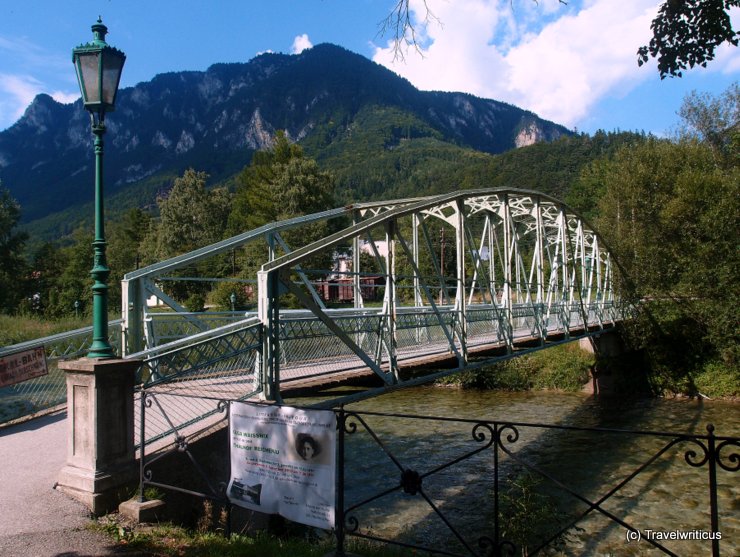
On my way to the Reichenau railway station, I crossed the Schwarza on a pedestrian bridge with filigree iron construction. The elegant lanterns reminded me that I walked on the grounds of a famous spa town in the era of the Austro-Hungarian Empire. [German]
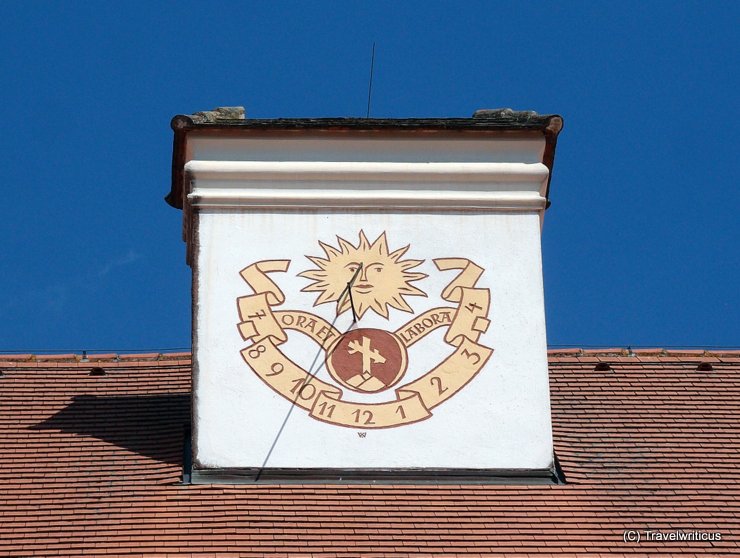
You find this sundial on a chimney of Seitenstetten Abbey (Stift Seitenstetten). This abbey is a large Benedictine monastery in the Austrian region of Mostviertel. The inscription “Ora et Labora” refers to the motto of the Benedictines. It translates into “Pray and Work”. [German]
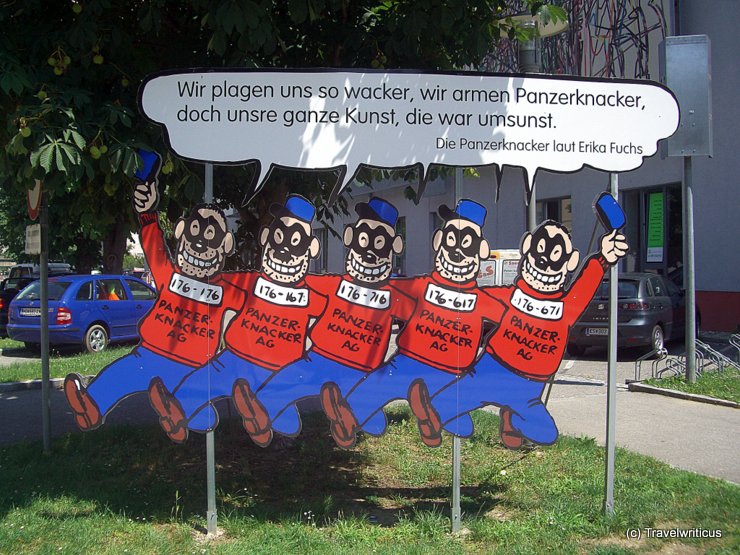
While heading to a Caricature Museum in Krems, I came across this depiction of the Beagle Boys. Its title mentioned Erika Fuchs, who became famous for translating comic stories. Fun fact: This piece stood opposite a jail. [German]
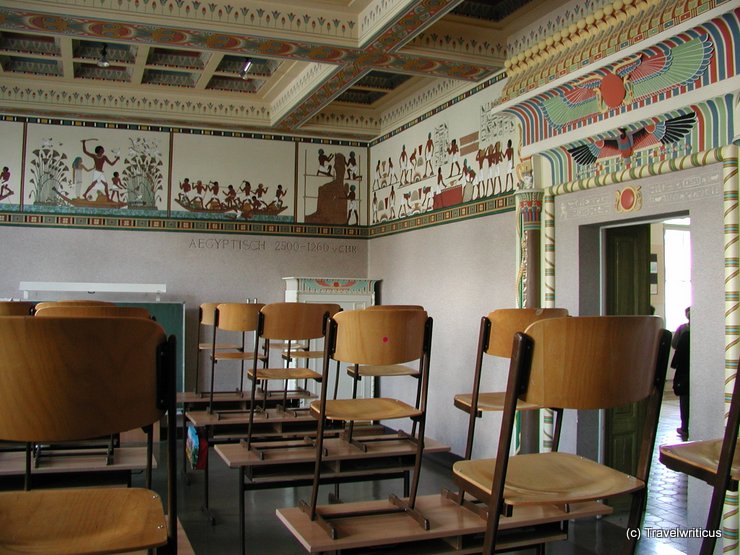
The Berndorf schools opened in 1909. Each classroom (Klassenzimmer) of them is designed in a different historical style (Stil), so the German name of these rooms is Berndorfer Stilklassen.
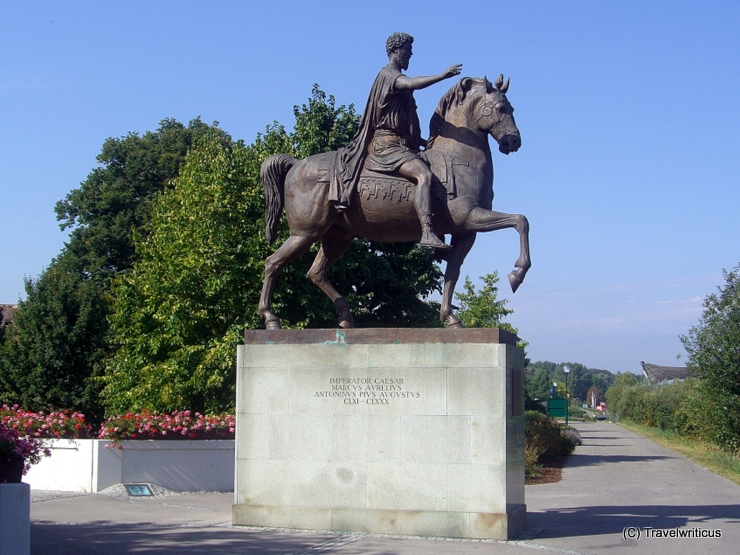
This equestrian statue of emperor Marcus Aurelius is a replica of the one that stood on Capitols Square (Piazza del Campidoglio) in Rome. The sculpture in Tulln commemorates that a Roman camp named Comagena was the predecessor of the modern city. [German]

The Carnuntum Archeology Park hosts reenactment festivals with shows about Roman military routines and civic customs several times yearly. Numerous friend societies of Roman history provide visitors with broad information and even Roman food.

This romantic building with its dinky corner oriels is generally known as “Alter Brotladen” (Former Bread Shop). Three different bakers in Melk used it as a shared bread store. Some sources say it served as a Salzstadel (salt storehouse) before.

Austria is not a natural home for elephants, leaving aside prehistoric ages. Nevertheless, you often find their depictions on old facades. For example, this inn in Scheibbs has been known as “Zum Schwarzen Elefanten” (Black Elephant Inn) since 1541.

In the Austrian region of Weinviertel, you often see the model of a cat. This symbol is known as a cellar cat (Kellerkatze). Local people believe a cat living in a wine vault will always rest on the barrel with the best wine.